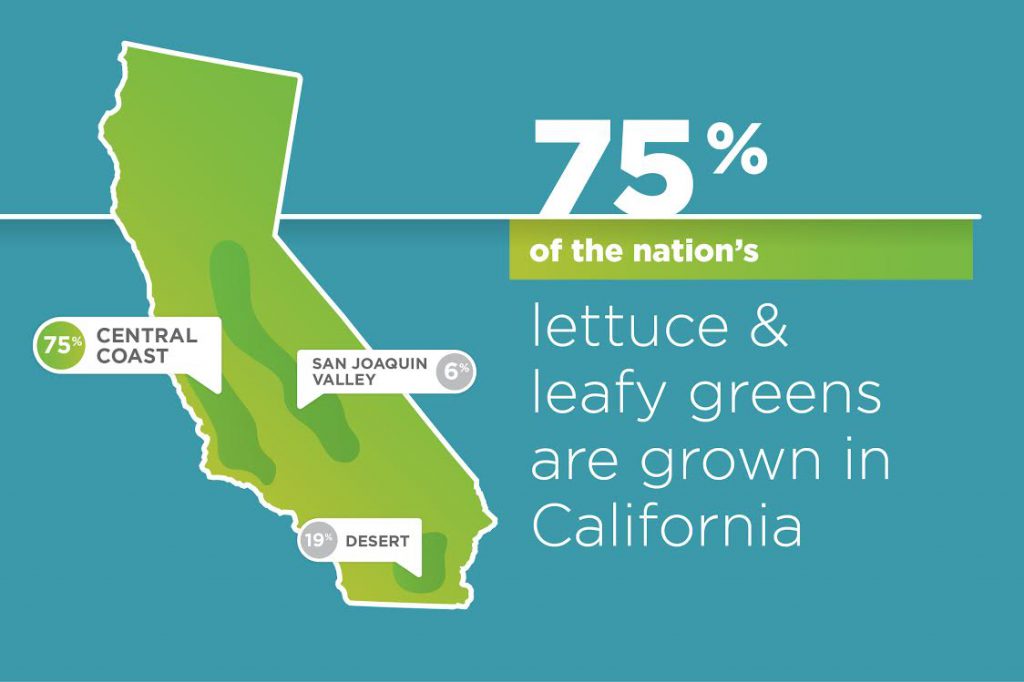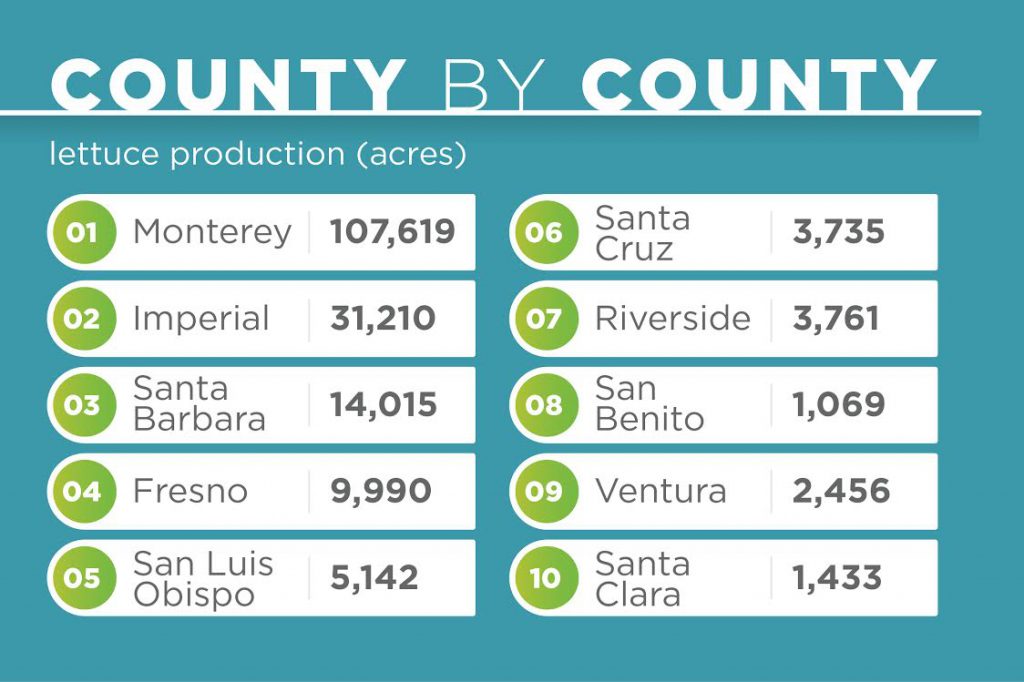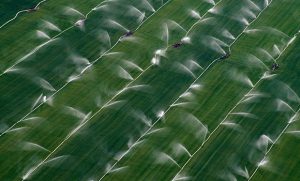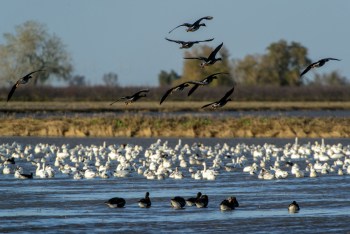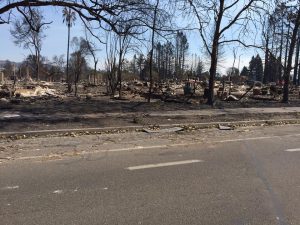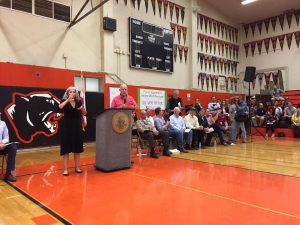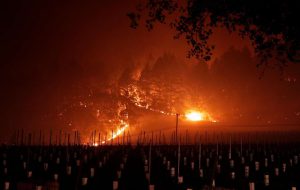From “Tech Talk,” by Phillip Lan
Over the past few decades, technology has disrupted many industries including manufacturing, media, banking and retail shopping. We also now understand that it is no longer a matter of if but when technology-based solutions, such as self-driving vehicles, will transform transportation and logistics.
Agriculture, on the other hand, has experienced a relatively slow adoption of technology. Sure, some crops require less manpower then they did years ago. Talk to the old farmers here in the Central Valley and they will tell you about climbing up in almond trees to knock down nuts when they first began working out in the orchards.
It took dozens and dozens of laborers working long hours during harvest, and even longer hours when orchards needed to be replanted. Today, two almond workers can manage hundreds of acres with specialized machinery.
Many delicate crops like cherries, however, are still harvested the same way they were 1,000 years ago because advances in agricultural automation have primarily been mechanical, not software-based like many other industries.
This will increasingly become a problem for California’s $47 billion ag industry as a couple of long-term macro trends continue developing.
First, countries such as Mexico, China, Chile and parts of the Middle East have rapidly progressing agricultural industries and lower labor costs. To remain competitive, California farmers need to continually increase per-acre yields.
Second, local agriculture continues to experience a severe and growing shortage of farm laborers. Mexico’s improved economy, current immigration policies and lack of interest in farm jobs by American youth are all contributing to the dire situation, despite a 50 percent pay increase for farm workers since 1996, according to the Bureau of Labor Statistics.
Fortunately, recent developments in artificial intelligence (AI) and machine learning (ML) software are about to give Central Valley farmers a fighting chance to win in the competitive global food production marketplace.
The applications for AI are endless, improving disease diagnosis, new drug development, investing decisions and even enabling the sci-fi dream of self-flying cars (many working prototypes are already being produced). In agriculture, this advanced software is powering a new generation of machines capable of distinguishing between tomato plants and similar weeds, trees that are healthy and trees that are thirsty or lack nutrients, an important first step in increasing yields and reducing labor requirements.
Upcoming developments will soon combine agricultural software, computer hardware and durable farm equipment to build comprehensive solutions that significantly improve farming materials conservation, foliage strength, yield mapping to address yield variation and autonomous self-driving tractor capabilities.
Accurate analysis will one day help farmers increase yields through plant-by-plant optimization instead of field or orchard optimization. Current aerial and satellite photography methods, which only show what is going on in the top layer of fields and orchards, are unable to provide the necessary data.
Several companies are now emerging as leaders in ag tech. Blue River Technologies is leveraging AI software to create innovative solutions for farmers across the nation. Their “see and spray” robotics platform uses computer vision to distinguish between good crops and bad weeds and then sprays herbicide on the weeds with inkjet printer-like precision. Most of our nation’s 911 million acres of farmland is sprayed with fertilizer to control weed growth. Blue River’s solution reduces chemical usage by more than 90 percent, and is beginning to have a tremendous impact on important crops such as lettuce. Their robots can even determine how to allocate resources optimally to grow lettuce, and then autonomously thins the plants to improve yields.
Another innovative company is Central Valley-based Milano Technical Group, started by UC Merced graduate Dominic Milano. The company is a manufacturer of automation modules that are fitted to row crop harvesters, significantly improving their performance. The company’s solution leverages LIDAR (Light Detection and Ranging is a detection system that works on the principle of radar, but uses light from a laser), infrared and computer vision to address high variable data collection and yield monitoring challenges in fields and orchards.
Autonomous Solutions, Inc., is one of the fastest growing robotics companies in the United States. ASI’s broad product line includes market-leading autonomous tractors for a variety of field, vineyard and orchard work. They were recently selected as one of the top companies in the global robotics industry by Robotic Business Review alongside robotic giants Google Alphabet, Boston Dynamics, Bosch Group, IBM, Intel and Uber.
These new software-based technologies will give California farmers another tool to improve quality and reduce costs, positioning them to win in the global marketplace.
Ag tech is starting to gain traction, but one of the key factors holding back investment thus far has been the lack of exits in the industry. Venture capital firms are hesitant to invest in ag tech companies because they haven’t traditionally seen a path to cash out.
Things are changing though. John Deere’s recent $305 million acquisition of Blue River Technologies will definitely accelerate investment and growth in this space.



